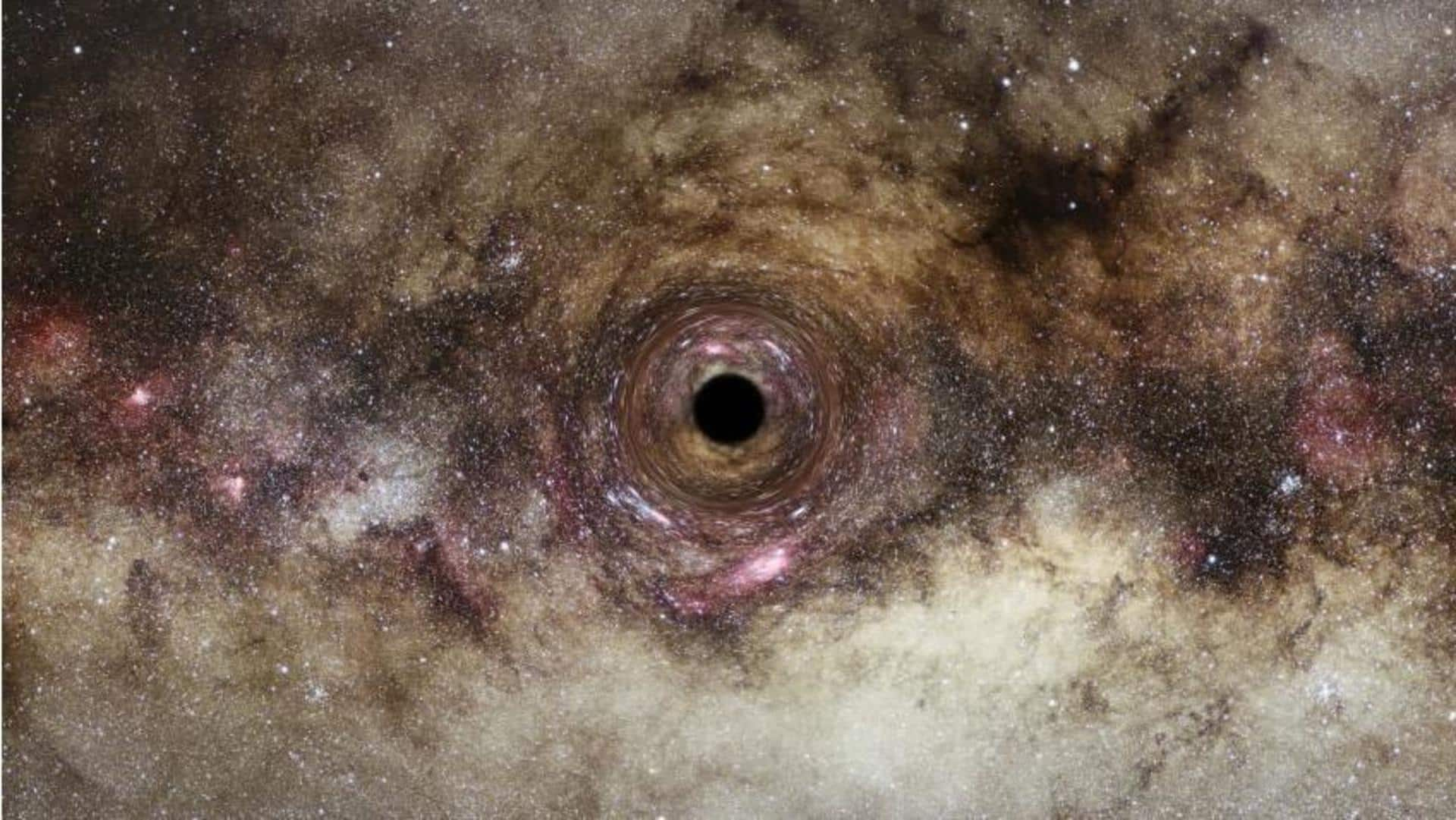
Astronomers may have discovered largest black hole ever: 5 facts
What's the story
Astronomers have found a supermassive black hole that might as well be the largest known to date. Residing at the center of a galaxy, hundreds of million light years from us, the black hole is extraordinarily massive and has spurred interest among the scientific community. It is also the first black hole to be discovered using a technique called gravitational lensing. Check key facts.
Fact #1
First, what are black holes?
Black hole is a region in space where the gravitational force is so powerful that nothing, not even light, can escape it. It is believed to form when some stars reach the end of their life. If you were to take a spacecraft close to a black hole, the side closer to the object will be completely stretched out like a piece of spaghetti.
Fact #2
New black hole is 30-billion times the size of Sun
The newly discovered black hole is 30 billion times the mass of our Sun and is termed ultramassive, a scale that researchers have rarely been able to observe. For context, typical supermassive black holes weigh somewhere between a few million to a few billion solar masses—the mass of the Sun which is used to denote the mass of galaxies, stars, and other celestial objects.
Fact #3
Observations from Hubble Space Telescope were crucial for the study
Scientists estimated the black hole's size by analyzing the magnification of the foreground galaxy, from images captured by the Hubble Space Telescope. By means of computer modeling, the team could simulate how much light bends around the foreground galaxy where the black hole is present. They experimented with thousands of black hole sizes before reaching a solution that aligned with their observations.
Fact #4
First black hole to be discovered using gravitational lensing
Gravitational lensing has been used in discovering exoplanets and galaxy clusters but this is the first time a black hole has been found using the technique. Gravitational lensing is a phenomenon where the gravity from a large celestial object bends the light arising from a more distant object. This process magnifies the background object, allowing us to see the faraway object in more detail.
Fact #5
The black hole is not very active
What's surprising about this newly discovered ultramassive black hole is that it is not very active. "Most of the biggest black holes that we know about are in an active state, where matter pulled in close to the black hole heats up and releases energy in the form of light, X-rays, and other radiation," said James Nightingale, an astrophysicist at the Durham University.
Official words
"Gravitational lensing makes it possible to study inactive black holes"
"However, gravitational lensing makes it possible to study inactive black holes, something not currently possible in distant galaxies," explained Nightingale. "This approach could let us detect many more black holes beyond our local universe and reveal how these exotic objects evolved further back in cosmic time." The recently discovered black hole lies in one of the galaxies of the Abell 1201 galaxy cluster.